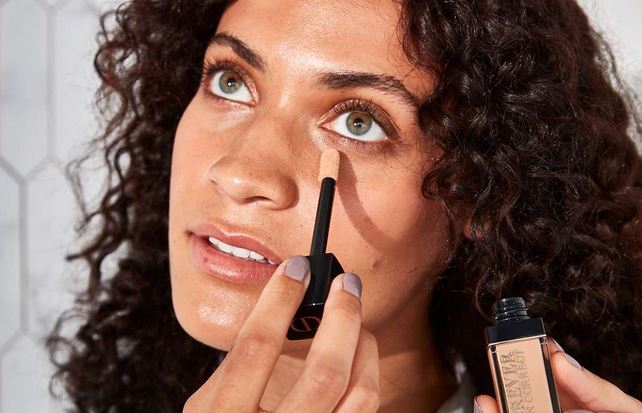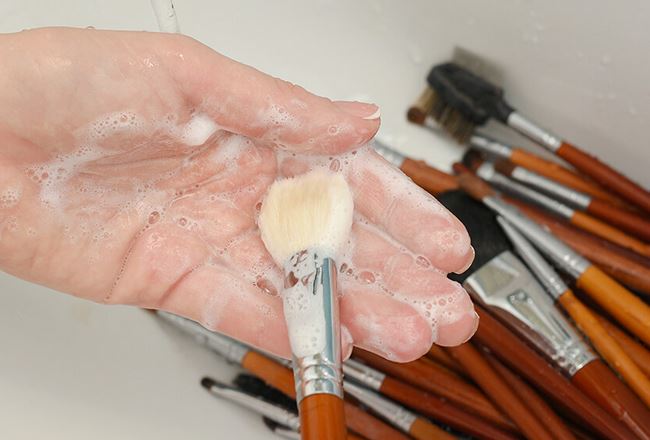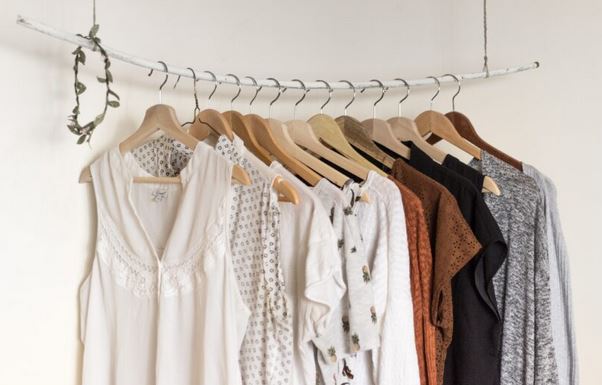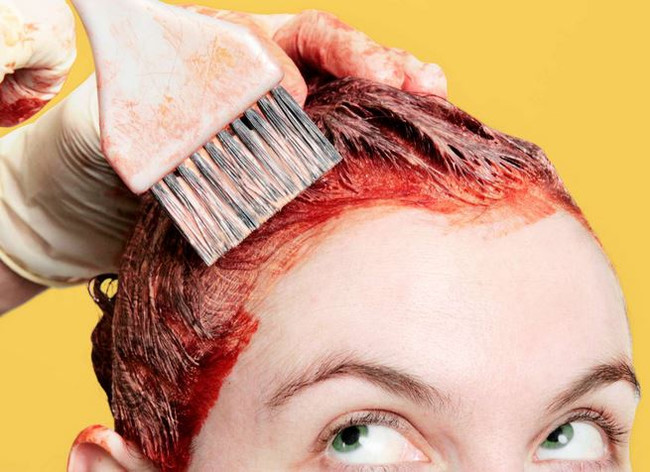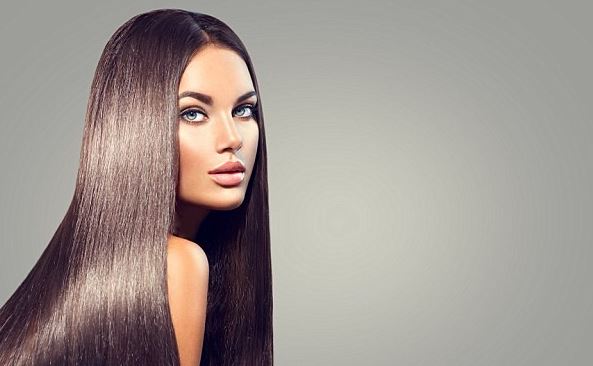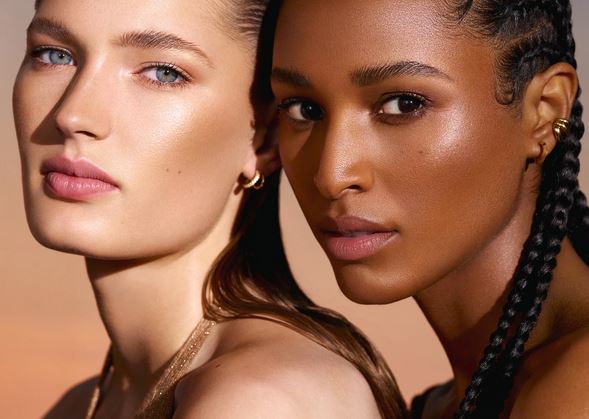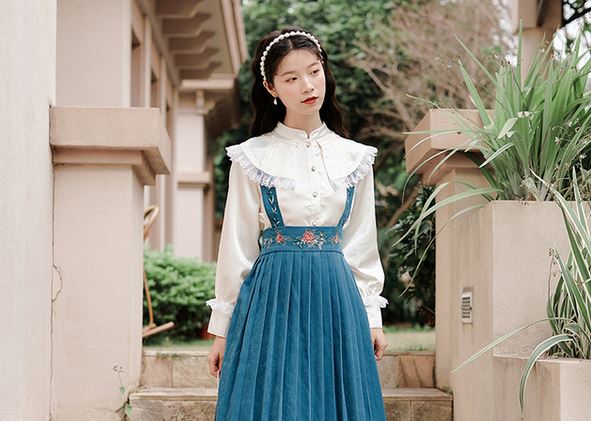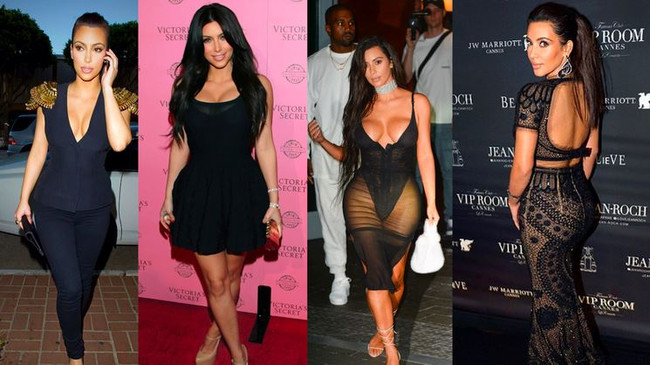Dark circles can make you look tired and aged, but the right concealer can work wonders in brightening and refreshing your under-eye area. However, with numerous concealers available in the market, finding the best one for your dark circles can be overwhelming. Understanding the science behind concealer formulations, selecting the right shade, and considering factors like coverage and longevity are essential. In this article, we will explore the science behind concealers, discuss key considerations for choosing the best one for dark circles, and answer common questions to help you achieve a flawless and bright under-eye look.
The Science Behind Anti-Aging Makeup
Concealers are more than just cosmetic products; they are formulated with specific ingredients and techniques to address various skin concerns. Understanding the science behind concealer formulations will help you choose the best one for dark circles. Let's delve into the science behind concealers:
Color Correcting and Light-Reflecting Ingredients
Concealers for dark circles often contain color correcting and light-reflecting ingredients. Color correcting pigments help neutralize the discoloration under the eyes. Peach, salmon, or orange-toned concealers are commonly used to counteract the bluish or purplish hues of dark circles. Light-reflecting particles, such as mica or pearl powder, help to diffuse light and create a brightening effect.
Hydrating and Nourishing Formulas
The delicate skin under the eyes requires special care. Many concealers designed for dark circles include hydrating and nourishing ingredients. Hyaluronic acid, ceramides, and vitamin E are often found in these formulations to provide hydration and improve the appearance of fine lines and wrinkles. These ingredients help to plump and smooth the skin, reducing the visibility of dark circles.
Coverage and Texture
Concealers come in various coverage levels and textures. When choosing a concealer for dark circles, consider your specific needs. Medium to full coverage concealers are generally recommended to effectively camouflage dark circles. Creamy textures are easier to blend and provide better coverage, while lightweight liquid formulas may be more suitable for those with minimal dark circles or who prefer a natural look.
Longevity and Crease Resistance
Dark circles can persist throughout the day, so it's crucial to select a concealer that offers longevity and crease resistance. Look for concealers that are long-wearing and have a smooth, crease-resistant finish. Setting the concealer with a translucent powder can help lock it in place and prevent it from settling into fine lines or creasing.
Shade Selection
Choosing the right shade is paramount when it comes to concealing dark circles. Opt for a shade that matches your skin tone or is slightly lighter. Going too light can create a "raccoon eyes" effect, while choosing a shade that is too dark may accentuate the dark circles. Test the concealer on your inner wrist or along your jawline to find the most suitable shade for your skin.
Application Techniques
Applying concealer correctly is crucial for achieving a seamless and natural-looking finish. Here are some tips for applying concealer to address dark circles:
-
Prep the Under-Eye Area: Begin by moisturizing the under-eye area with an eye cream or hydrating serum. This helps to smooth the skin and create a better base for concealer application.
-
Color Correcting: If your dark circles are prominent, apply a color corrector (such as a peach or salmon-toned concealer) before your regular concealer. Blend the color corrector gently to neutralize the discoloration.
-
Dot and Blend: Using a small brush or your fingertips, dot the concealer along the dark circles. Gently blend the concealer using patting or tapping motions. Avoid dragging or pulling the delicate skin.
-
Build Up the Coverage: If needed, layer the concealer in thin layers to gradually build up the coverage. Be sure to blend each layer thoroughly for a seamless finish.
-
Set with Powder: To ensure longevity and prevent creasing, set the concealer with a light dusting of translucent powder. Use a fluffy brush to apply the powder and focus on the areas where the concealer is applied.
FAQ's
-
Can I use the same concealer for my under-eye area and other blemishes?
While some concealers can be used for both under-eye areas and blemishes, it's generally recommended to use a separate concealer for the under-eye area. Under-eye concealers often have different formulations to address specific concerns, such as hydration and light reflection.
-
How do I choose the right shade of concealer for my dark circles?
Look for a concealer shade that matches your skin tone or is slightly lighter. Avoid shades that are too light, as they can create a stark contrast and draw attention to the under-eye area.
-
Should I apply concealer before or after foundation?
The general recommendation is to apply concealer after foundation. This allows the foundation to even out the skin tone and minimize the need for heavy concealer application. However, you can adjust the order based on personal preference and the coverage needs of your dark circles.
-
Can I use a matte concealer for dark circles?
While matte concealers can provide good coverage, they may not be the best choice for the under-eye area. Matte formulas can be drying and settle into fine lines, accentuating the appearance of dark circles. Opt for hydrating or satin-finish concealers for a more natural and youthful look.
-
How do I prevent my concealer from creasing?
To prevent concealer creasing, ensure that the under-eye area is well moisturized before application. Use thin layers of concealer, blend thoroughly, and set with a light dusting of translucent powder. Avoid applying too much product, as it can contribute to creasing.
Conclusion
Concealing dark circles requires the right combination of formulation, shade selection, and application techniques. By understanding the science behind concealers and considering factors like coverage, longevity, and texture, you can choose the best concealer to achieve a bright and refreshed under-eye area. Remember to color correct, moisturize, and blend carefully for a seamless finish. Embrace the power of concealer and confidently say goodbye to dark circles.
|
